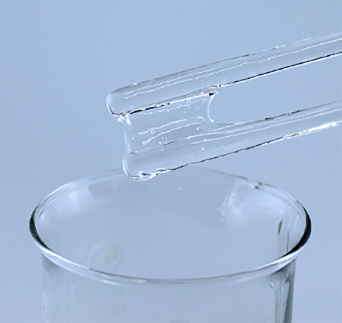
nov . 19, 2024 21:25 Back to list
hpmc gel preparation
Preparation and Characterization of HPMC Gel for Pharmaceutical Applications
Hydroxypropyl methylcellulose (HPMC) is a versatile polymer widely used in the pharmaceutical and cosmetic industries, especially as a gelling agent. Its unique properties, such as biocompatibility, hydration ability, and controlled release characteristics, make it an ideal candidate for various formulations. The preparation of HPMC gels is crucial for applications such as drug delivery systems, topical formulations, and wound healing products. This article outlines the step-by-step process of HPMC gel preparation and discusses the critical factors influencing its properties.
Materials Needed
To prepare HPMC gel, the following materials are required - Hydroxypropyl methylcellulose (HPMC) powder - Distilled water or a suitable solvent - Additives (optional), such as preservatives, drugs, or other polymers - Mixing equipment (e.g., magnetic stirrer or homogenizer) - Heating apparatus (if necessary)
Step-by-Step Preparation Process
1. Selection of HPMC Grade The choice of HPMC grade is essential as it affects the gel's viscosity, gelation time, and performance. Different grades exhibit varying degrees of substitution and molecular weights, which influence the thickness and stability of the gel.
2. Preparation of HPMC Solution Begin by measuring the desired amount of HPMC powder. The typical concentration ranges from 1% to 5%, depending on the intended application. Gradually add HPMC to pre-heated distilled water (around 60-80°C) while continuously stirring to prevent clumping. The heating helps dissolve HPMC effectively, resulting in a clear, homogeneous solution.
3. Cooling and Gelation After complete dissolution, the solution should be cooled to room temperature while stirring gently to maintain uniformity. As the solution cools down, the HPMC begins to gel. The gelation process may take several hours, depending on the concentration and purity of HPMC used.
hpmc gel preparation

4. Incorporation of Additives If additional ingredients such as drugs, fragrances, or preservatives are required, they can be incorporated at this stage. Ensure that they are compatible with HPMC and do not adversely affect the gel's properties.
5. pH Adjustment (if necessary) The pH of the HPMC gel can affect the stability and release profile of any incorporated drugs. Use a pH meter to measure and adjust the pH to the desired level using suitable acids or bases, ensuring that the final gel is appropriate for its intended application.
6. Storage Store the prepared HPMC gel in airtight containers at a controlled temperature to prevent degradation and microbial contamination. Label the containers with the date of preparation and batch information for future reference.
Characterization of HPMC Gel
Characterization of the prepared HPMC gel is vital to ensure its effectiveness and stability. Several properties should be evaluated
- Viscosity Measure the viscosity using a viscometer, as it influences the gel's flow and application. - Rheological Properties Assess the gel's behavior under different shear rates, which is essential for understanding its performance during application. - Drug Release Profile Conduct in vitro release studies to evaluate how the gel releases any incorporated drugs over time. - Stability Tests Perform stability testing under various temperature and humidity conditions to ensure that the gel maintains its properties over time.
Conclusion
The preparation of HPMC gel is a straightforward yet critical process in formulating effective pharmaceutical and cosmetic products. By understanding the parameters that influence gel properties, formulators can create tailored solutions that meet specific therapeutic needs. As research advances, HPMC’s role in innovative drug delivery systems continues to expand, promising enhanced efficacy and patient compliance.
-
Versatile Hpmc Uses in Different Industries
NewsJun.19,2025
-
Redispersible Powder's Role in Enhancing Durability of Construction Products
NewsJun.19,2025
-
Hydroxyethyl Cellulose Applications Driving Green Industrial Processes
NewsJun.19,2025
-
Exploring Different Redispersible Polymer Powder
NewsJun.19,2025
-
Choosing the Right Mortar Bonding Agent
NewsJun.19,2025
-
Applications and Significance of China Hpmc in Modern Industries
NewsJun.19,2025







